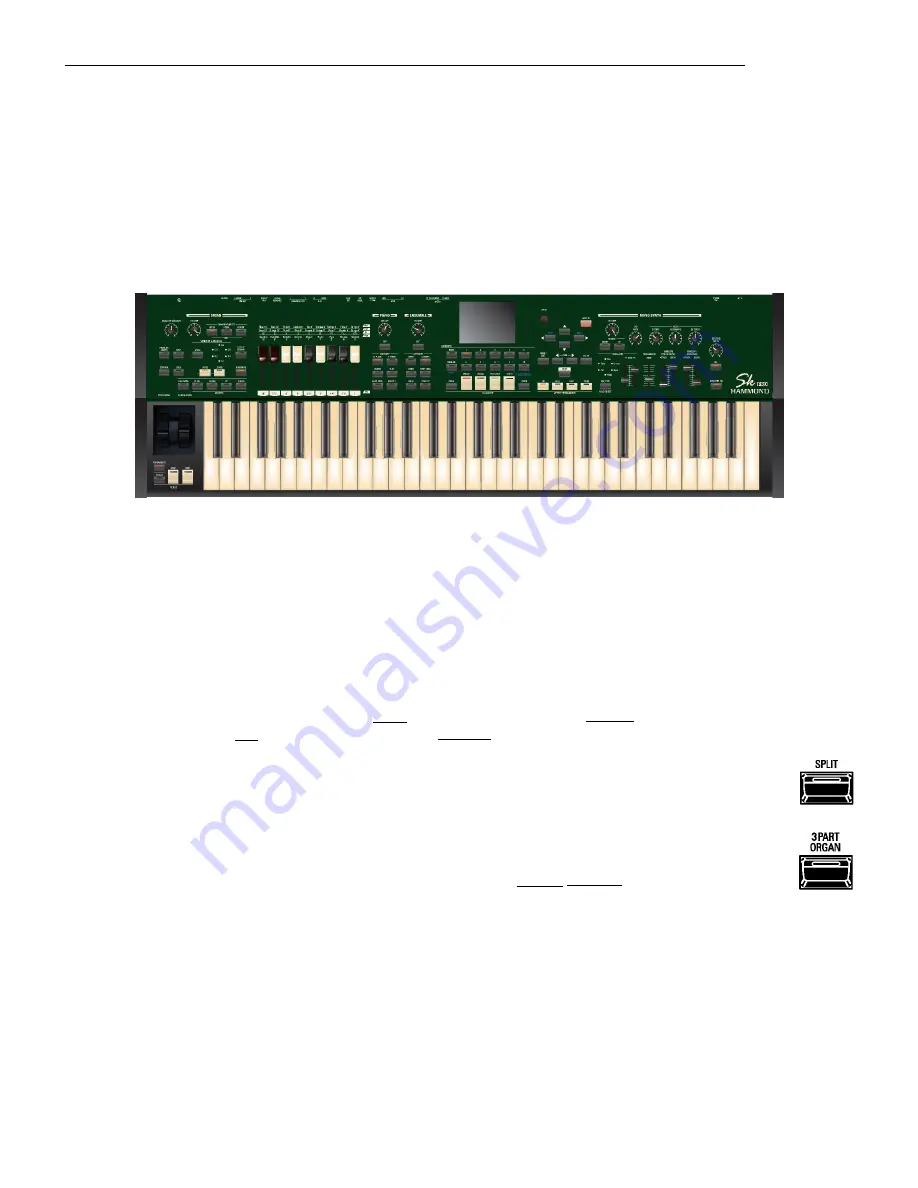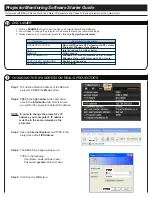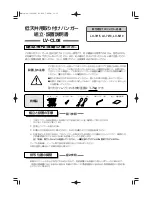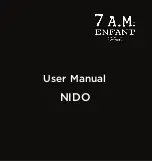
Introduction
7
t
Playing the instrument
Although the SK PRO is a single-keyboard instrument, it can be made to function in a manner similar to an
instrument with two keyboards and a pedal keyboard, such as an organ. This is the reason for the
references to UPPER, LOWER and PEDAL on the instrument.
On an organ, the UPPER Keyboard is usually used for the melody, and is played with the right hand. The
LOWER Keyboard is usually used to provide accompaniment, or harmonic support for the melody and is
played by the left hand. The PEDAL Keyboard, or clavier, is used to play the bass notes and is most
commonly played by the left foot.
On the SK PRO, this playing style is replicated by partitioning or “splitting” the single 61-note keyboard
into two parts. The part played by the right hand is referred to as the UPPER Keyboard or Part, while the
part played by the left hand is referred to as the LOWER Keyboard or Part.
The SPLIT button, located on the left of the Control Panel, is used to divide the keyboard into
UPPER and LOWER Parts. Normally, the third “C” key counting from the left on the keyboard
marks the dividing point between the UPPER and LOWER Parts.
In addition, the 3PART ORGAN feature allows you instantly to convert the SK PRO into a
vintage Hammond Organ with UPPER, LOWER and PEDAL Parts automatically assigned. For
more information about the 3PART ORGAN feature, see the 3PART ORGAN chapter of this
Guide.
IMPORTANT NOTE:
"C3" is the default Split point; however, you can relocate the Split point elsewhere
on the Keyboard. This is explained in a later chapter of this Guide.




























